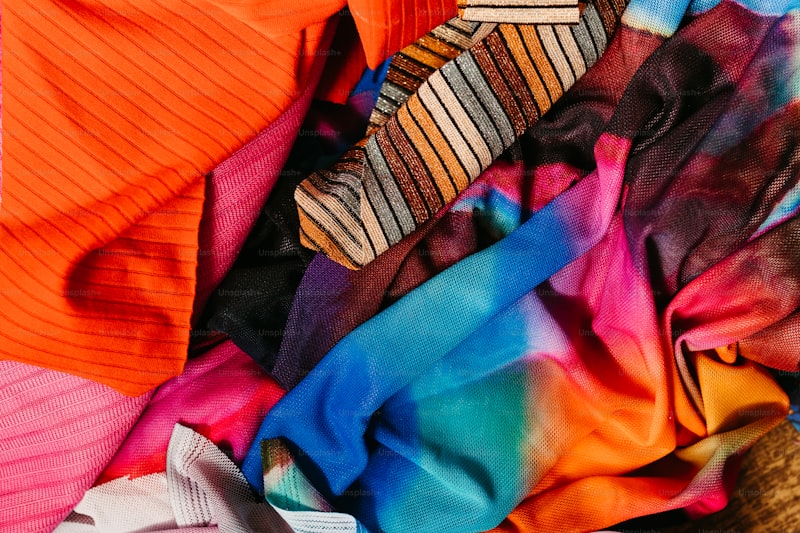Exploring Textures and Fabrics: A Deep Dive into Textile Wonders
Understanding Textures and Fabrics
When it comes to fashion and interior design, textures and fabrics play a pivotal role in establishing the overall aesthetic and functionality of a space or outfit. Not only do they influence the comfort and appeal of a product, but they also add depth and character, making them essential elements in any design process.
What Are Textures and Fabrics?
Textures refer to the feel and appearance of a surface, which can be experienced both visually and through touch. Fabrics, on the other hand, are materials created by weaving, knitting, or bonding fibers together. The interplay between textures and fabrics is crucial in the creation of compelling designs.
The Importance of Textures in Design
Textures can drastically change the perception of a space or garment. They provide tactile experiences and can evoke emotions and atmospheres. For example, soft textures tend to create a sense of coziness and warmth, while hard or glossy textures convey modernity and sleekness. Understanding these effects can help designers choose the right combinations for their projects.
Types of Fabrics and Their Textures
| Fabric Type | Texture Description | Common Uses |
| Cotton | Soft and breathable | Casual wear, bed linens |
| Silk | Smooth and lustrous | Formal wear, luxury items |
| Wool | Warm and slightly coarse | Winter clothing, carpets |
| Linen | Crisp and textured | Summer clothing, table linens |
| Denim | Durable and rugged | Casual pants, jackets |
Exploring Different Textures Through Fabrics
Texture exploration can be exciting. Designers often experiment with various fabrics to create unique tactile experiences. For example, a combination of silk and wool can lead to garments that are visually appealing yet comfortable. Additionally, fabrics like velvet offer a rich and plush texture that can elevate an outfit or decor piece dramatically.

Trendy Textures in 2023
In recent years, certain textures have emerged as popular trends in the textile industry. Here are a few textures to watch this year:
- Natural Textures: Fabrics that showcase organic qualities, such as linen and cotton, prioritize sustainability.
- Metallic Finishes: Brave textures with reflective surfaces, often used in evening wear and accessories.
- Layered Textures: Combining fabrics of varying textures to create visual interest, such as pairing matte fabrics with shiny ones.
How to Choose the Right Fabrics
When selecting fabrics, consider the following tips:
- Purpose: Identify the purpose of the fabric. Is it for clothing, upholstery, or accessories?
- Durability: Ensure the fabric can withstand wear and tear if it's for everyday use.
- Care Requirements: Different fabrics require varying levels of care, from dry cleaning to easy machine wash.
- Aesthetic Goals: Consider how you want the fabric to look and feel in the final product.
Conclusion: Embrace the Beauty of Textures and Fabrics
Exploring textures and fabrics necessitates curiosity and creativity. Whether you are a designer looking to bring your vision to life or a consumer interested in understanding more about the materials you wear and use, knowing about textures and fabrics can significantly enhance your experience. Remember to pay attention to both how they feel and how they look, as both aspects contribute to the overall success of any clothing or interior design project.
As trends evolve, staying updated with the latest styles and textures will help you make informed choices that reflect your personal aesthetic. Embrace the world of textures and fabrics, and use this exploration to inspire your projects or enhance your wardrobe!